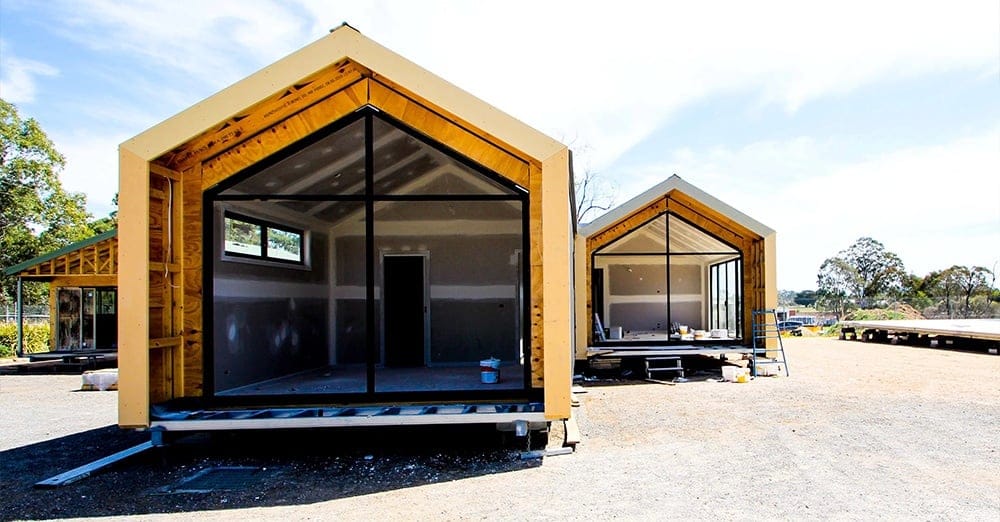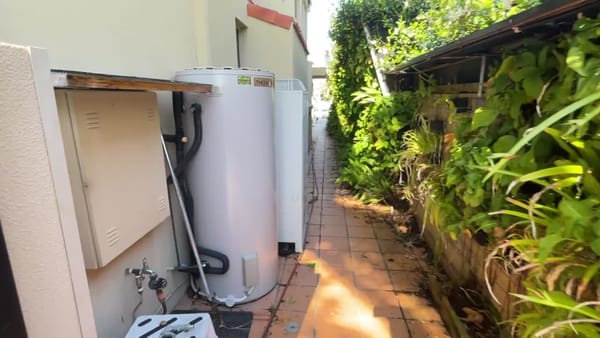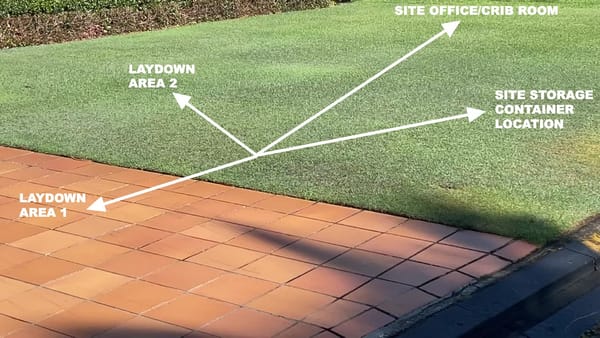Introduction
Buying a home is one of the biggest financial decisions you’ll make. If you’re a prospective home buyer, you might be weighing whether to invest in an investment property or purchase a new build. Both options come with advantages and trade-offs. Understanding these will help you choose what suits your goals, risk tolerance, and lifestyle.
In this article, we compare investing in real estate with buying a new-construction home. We’ll cover pros and cons, money matters, and the hurdles you might face during the home-buying process. By the end, you’ll have a clearer view of which path fits you best.
Investing in Real Estate: An Overview
Property investment is a popular way to build wealth and generate passive income. You buy with the expectation of capital growth or steady rent—sometimes both. Common approaches include rental property ownership, commercial assets, and listed vehicles.
Types of Real Estate Investments
- Rental properties: Buy residential or commercial existing property and lease it to tenants in new communities or established neighborhoods. This can provide ongoing income and potential tax benefits.
- Commercial properties: Offices, retail, and industrial assets. Leases are often longer and yields higher, but capital requirements and property management complexity tend to increase.
- Real Estate Investment Trusts (REITs): Publicly traded vehicles that own or finance income-producing property. REITs offer diversification and liquidity without hands-on management.
General Considerations
- Market research: Track the real estate market—trends, sentiment, market value, vacancy, and potential buyers—before you buy.
- Financial planning: Budget for purchase price, additional costs (transfer taxes, legal fees, inspections), and holding costs such as property taxes, insurance, and maintenance; model your return on investment.
- Risk assessment: Consider market swings, damage, vacancies, interest-rate moves, and tenant issues—and plan for them with buffers and due diligence.
Bottom line: Real estate can be a good investment over the long run, but it rewards careful planning, solid reserves, and a steady hand.
Buying a New Construction Home
A new construction property (a newly built home or newly constructed home) is either newly finished or in progress within new developments. The appeal is obvious: modern amenities, energy efficiency, and the chance to tailor finishes and layouts.
Benefits of Purchasing a New Construction Home
- Modern features: New appliances, energy-efficient appliances, air conditioning, and open floor plans with contemporary light fixtures and updated electrical systems not always found in older homes or pre-owned homes.
- Energy efficiency: Better building materials, tighter envelopes, and energy-efficient features can mean lower utility bills and a smaller energy bill.
- Customization: Many new home builders let you select finishes, fixtures, and sometimes floor plans—creating a clean slate that suits your lifestyle.
- Peace of mind: No previous owner, fewer major repairs in the first year, and warranties on new materials and systems.
Considerations
- Initial cost: New houses often carry higher prices than comparable resale homes due to the premium for a brand-new home with modern features.
- Time to build: If you buy off the plan or mid-build, you may wait months before moving into your new place.
- Potential delays: Weather, supply chains, or labor shortages can push timelines during the construction process of a new construction project.
- Financing: Some buyers use a construction loan for new home construction, converting to a standard mortgage at completion.
Bottom line: You get a tailor-made, move-in-ready new property—with possible wait times and a higher upfront price.
Pros and Cons of Investing in Real Estate
Investing in real estate has its set of advantages and disadvantages. Understanding these can help you decide if this path aligns with your financial goals.
Advantages of Real Estate Investment
- Potential for high returns: Capital growth over time plus rental income that can lift property value.
- Passive income: Rent can support cash flow and long-term planning.
- Tax benefits: Deductions may include interest, taxes, and depreciation.
- Diversification: Property can balance a broader investment portfolio.
Disadvantages of Real Estate Investment
- Market volatility: Values can fall as well as rise.
- Management load: Tenants, repairs (think water heater failures), and maintenance take time—or management fees.
- Upfront costs: Down payments, transfer taxes, legal fees, inspections, and potential renovations to an older property or existing house.
- Liquidity: Selling can take weeks or months and involves costs.
Historical Performance
- United States: Over ~30 years, average annual appreciation of ~3–5% (location dependent).
- Australia: Average annual returns of ~4–6%, with major cities often higher.
Pros and Cons of Buying a New Construction Home
Buying a new construction home offers a different set of benefits and challenges compared to investing in real estate.
Advantages of Buying a New Construction Home
- Brand-new features: Contemporary design, efficient systems, new features, and less maintenance early on.
- Lower upkeep at the start: Fewer surprises in the first years of ownership compared with old builds.
- Peace of mind: Warranties and no hidden issues from a previous owner.
- Energy efficiency: Modern construction materials and appliances can reduce energy costs and deliver long-term cost savings.Labour
- Higher Initial Costs: New homes often come at a premium price due to their newness and modern features.
- Longer Waiting Period: If the home is not yet complete, you may face a waiting period before moving in, which can be inconvenient.
- Potential for Construction Delays: Delays due to weather, supply chain issues, or labour shortages can push back your move-in date.
Drawbacks
- Higher initial price: You may pay a premium vs comparable resale homes.
- Waiting period: Build or final fit-out can delay move-in (factor temporary housing if needed).
- Construction risks: Weather, supply issues, and labor shortages can cause delays.
- Additional fees: Upgrades, change orders, and site costs can add additional fees beyond the base price per square foot.
Challenges of Each Option
If You Invest
- Finding the right asset: Good returns rely on diligent research and due diligence.
- Tenant management: Arrears, vacancies, and disputes require time or a manager.
- Repairs and maintenance: Ongoing costs and occasional surprises, especially in older properties that may include lead paint or higher VOCs (volatile organic compounds).
If You Buy New
- Construction oversight: Tracking progress and quality to meet building codes and standards.
- Working with contractors: Coordination and issue-resolution take effort.
- Specification choices: Selecting building materials, finishes, new appliances, air conditioning, and systems that suit your budget and climate.
Financial Considerations
Time Use of Money
- Investment returns: Compare likely property investment returns with the savings and benefits of occupying a newer home you own.
- Renting costs: If you’re waiting for a build to finish, budget for temporary housing versus potential rental income from an investment property.
Costs of Renting While You Invest
- Short-term housing can be expensive but may bridge a gap if settlement or construction runs longer than expected. Balance these costs against potential capital growth and rent from an investment.
Tax Benefits for Primary Residence
- In both Australia and the United States, living in your primary residence for a defined period can mean significant tax-free capital gains. Understand the rules in your jurisdiction before deciding.
Negative Gearing Explained
What is Negative Gearing?
- What it is: When rental income is less than deductible expenses, creating a taxable loss.
- Potential benefit: The loss can reduce your taxable income.
- Is it suitable for a new investor? It can help with cash flow at tax time, but it relies on future capital growth and stable income. Assess risk, buffers, and time horizon carefully.
Is Negative Gearing Suitable for New Investors?
- Benefits: Negative gearing can be beneficial for investors looking to offset their taxable income, but it requires careful financial planning and risk assessment.
- Risks: The strategy relies on property appreciation and future income, which can be uncertain. New investors need to consider their financial stability and market conditions.
The performance of ETFs vs real estate in the Australian marketplace
When comparing the performance of ETFs to real estate in the Australian market, several factors need to be considered, including returns, liquidity, and risk.
Performance of ETFs (example)
Exchange-Traded Funds (ETFs) have become increasingly popular in Australia, offering a range of investment options with different focuses. Some of the top-performing ETFs in 2024 include the Vanguard Australian Property Securities Index ETF (VAP), which tracks the S&P/ASX 300 A-REIT Index, offering exposure to the domestic listed property sector. VAP has shown good returns, with a one-year total return of 23.44%, a three-year annualised return of 5.37%, and a five-year annualised return of 4.45%.
Performance of Real Estate
Australian property has shown strong long-term growth, with average annual returns of ~4–6% over ~30 years, and higher growth in certain urban areas with good schools and high demand.
Liquidity and Costs
- Liquidity: ETFs trade on exchange and can be bought or sold quickly; direct property is slower and costlier to transact.
- Costs: ETFs typically have lower upfront costs and modest management fees. Property involves transfer taxes, legal fees, inspections, insurance, property taxes, maintenance, and broker fees—often a significant amount of money.
Conclusion
Both paths can work—just in different ways. Investing in real estate can deliver income and long-term growth if you’re comfortable with market cycles and property management (or management fees). A new-construction home offers modern comfort, warranties, and lower early maintenance, with a likely premium and possible wait. Align your choice with your goals, time horizon, and how hands-on you want to be. Do your homework, seek advice from a trusted real estate agent, and map out your long-term plan.
FAQs
- What are the key benefits of investing in real estate?
Potential for high returns, passive income, tax benefits, and portfolio diversification. - What should I consider when buying a new construction home?
Purchase price, energy efficiency, customization options, additional costs, and possible construction delays due to labor shortages. - How do I choose between investing and buying new?
Match the option to your goals, risk tolerance, time horizon, and how involved you want to be. Consider whether you want a new-construction home with modern features and less maintenance, or an investment property with income potential. - What is negative gearing, and how does it work?
When rental expenses exceed rental income, the loss can reduce taxable income. - Are there tax benefits for living in my primary residence?
Yes. In Australia and the United States, primary-residence rules can provide significant tax-free capital gains (subject to conditions). - What are the challenges of managing rentals?
Tenant selection and management, repairs, vacancies, and compliance—especially with older properties that may need upgrades. - What are the advantages of a new-construction home?
Modern amenities, new appliances, warranties, energy efficiency, and lower utility bills. - How can I assess the market for investment?
Research local sales and rents, vacancy rates, supply pipelines, and interest-rate settings with a local real estate agent. - How do historical returns compare between the USA and Australia?
Both have shown positive long-term returns: ~3–5% average annual appreciation in the United States and ~4–6% in Australia (location dependent).
Further Reading











